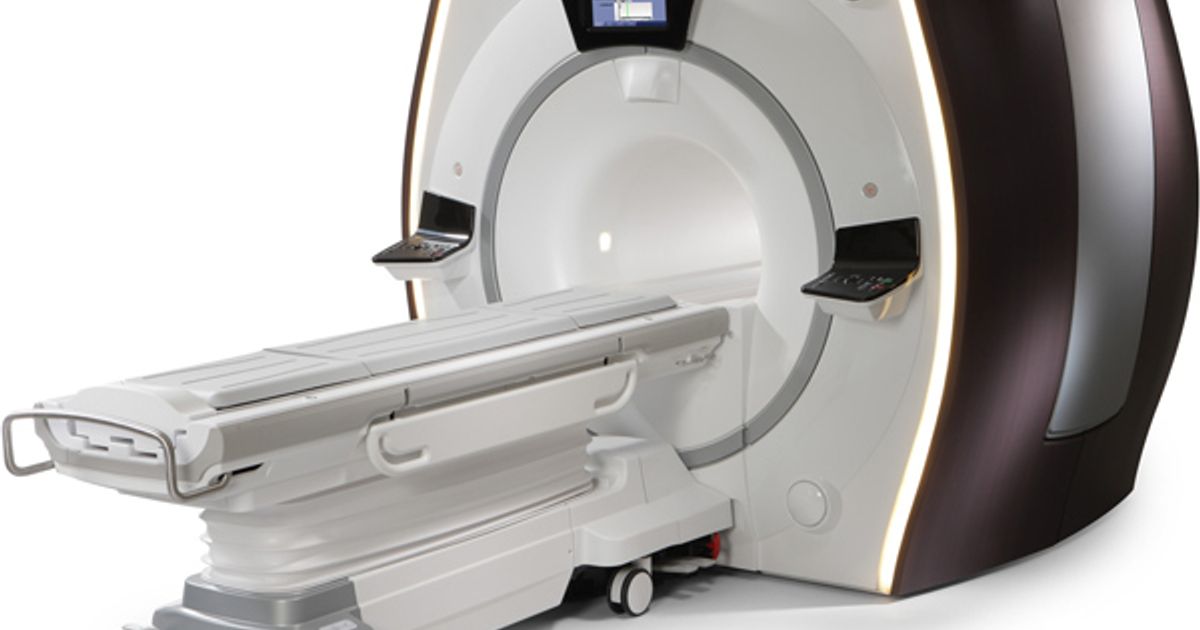We help healthcare facilities buy/sell imaging equipment, service and parts while lowering costs and improve quality for a better patient experience.
We help healthcare facilities buy/sell imaging equipment, service and parts while lowering costs and improve quality for a better patient experience.
Magnetic Resonance Imaging or MRI

Magnetic Resonance Imaging or MRI is a machine that creates images by using a magnetic field. It is used for diagnosing a patient´s lesion for further treatment or follow-up. To create realistic images of the internal organs, the machine uses high magnetic concentration and radio-wave frequency. Especially for the brain, heart, bone-muscle, and cancer tissue. The computer imaging provides high details and resolutions. The plane images can be lengthwise, widthwise, or diagonal. Being 3D images, they are more vivid than using computerised tomography (CT) scan with x-ray, enabling medical personnel to diagnose with accuracy.
MRI Machine is an advanced technology with high cost. Currently, it is being widely adopted due to its precision and accuracy in diagnosing, great details for tissue differentiation, ability to create multiple image planes, and can be applied to all body systems. Particularly for brain and spinal cord systems, MRI Scan provides a better result than the computed tomography (CT) scan. Additionally, many specific scanning techniques are available such as stroke scan, biochemical examination for tissue differentiation, venography, etc. MRI is also great for diagnosing children as there is no harm from radiation which normally happens when using x-ray.
MRI Scan can be applied to almost all body systems, including the brain, entire abdomen, as well as the skeletal, muscular, and joint systems.
Objectives of MRI Scan
- Examine brain abnormality.
- Examine abnormality in the vertebra and spinal cord systems.
- Examine abnormality of blood vessels in the brain and body without contrast media injection.
- Examine abnormality in muscle tissue, each bone part, muscle and joint strains.
- Examine abnormality in pelvic organs
- Examine abnormality in the chest, heart, abdominal cavity, abdomen, and female breast.
- Other specific MRI scans such as MR perfusion or MR spectroscopy.
Benefits of MRI Scan
- Provides high accuracy and precision in diagnosing. It offers great advantages for medical diagnosis, both for the treatment and follow-up.
- Offers clear images for tissue differentiation, resulting in higher diagnosis accuracy. With MRI, an examination can be done in all imaging planes, unlike the computerised x-ray scan which only offers a transverse plane.
- Great for non-bony parts, that is, soft tissues – especially for the brain, nerves, and spinal nerves.
- Great for muscle and bone-muscle tendons.
- Can be used for venography without any harmful risk from radiocontrast media injection and catheter angiography. Its high level of safety and relatively low cost offer great advantages to Modern Medicine. The machine also increases convenience as no preparation is required for both before and after the examination. The patient can return home immediately after the procedure is completed.
- No pain is caused to the patient´s body. As no radiation wave is applied, an MRI scan poses no harm from residual radiation.
Cautions for MRI Scan
- Claustrophobic patient, not able to lay inside the MRI tunnel
- Patient with implanted metal medical devices such as those who had surgery for:
- Aneurism clips for aortic aneurysm
- Metal plates for splint
- Artificial joint
- Artificialcardiac valve
- Peacemaker insertion
- Internal ear implant
- Cardiovascular stent. For this, the type of stent inserted must be identified by checking with the doctor in charge of the stent insertion, whether it is possible for an MRI scan or not, and how many weeks should the patient wait prior to the procedure. Currently. If the stent inserted is MRI compatible, the examination can be done right await without any waiting period.
- Patients who have been prepped for brain, eye, and ear surgeries with implanted medical devices should be avoided.
- Patients with dental braces who required MRI examination for the brain and cervical region must remove the braces before the procedure as the object decreases image clarity.
- Patients with previous eye trauma and those with metal-related occupations with any risks of having metal fragments inside the eyeballs. Upon entering the magnetic field, the fragments could move and cause damage. (The general eye x-ray image can identify whether there is any metal fragment inside the eye or not.)
- Patients undergoing MRI scan must remove all metal objects such as hairpins, dentures, earrings, accessories, debit and credit cards, watches, thumb drives, pocket PCs, pens, etc. Otherwise, objects could be pulled and damaged, affecting the final image clarity of that area.
- According to current data, MRI poses no harm to a fetus. If necessary, the procedure should not be applied on a patient with less than 3 months of pregnancy.
- Avoid applying eyeshadow and mascara as metal could be one of the cosmetic ingredients and appear as foreign objects in the images.
- MRI laboratory constantly emits a concentrated magnetic field which might affect the uses of magnetic-sensitive medical devices such peacemaker, any magnetic induction metal such as iron, cards with magnetic stripes such as credit cards, watches, thumb drives, and pocket PC.